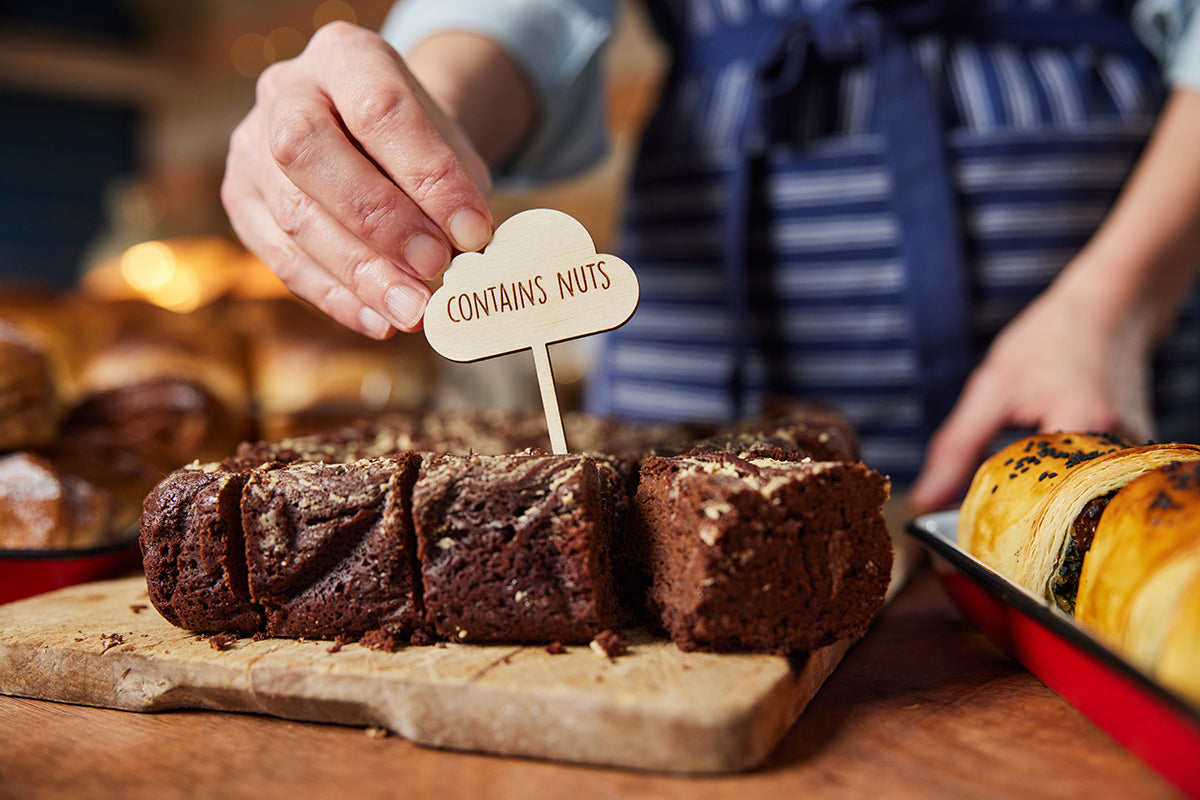Imagine baking a basket of beautifully crafted cupcakes for your child's birthday, only to find out that one of the guests has a severe dairy allergy. This scenario is becoming increasingly common as food allergies continue to rise. For home cooks, chefs, and anyone who shares the love of creating delicious meals, the growing trend of food allergies is impacting not just the way we eat, but also how we share our culinary love with others.
Unpacking the Prevalence of Food Allergies
It seems like every other shopping list, bake sale notice, or restaurant menu comes with a request for dairy-free, gluten-free, or nut-free alternatives. The question on most people's minds is whether these requests are indeed on the rise, and if so, to what extent?
The data doesn't lie. According to the Food Allergy Research and Education (FARE) organization, an estimated 32 million Americans have food allergies, which breaks down to about 1 in 13 children. These statistics indicate a significant increase that's hard to ignore.
The New Culinary Challenge
For home cooks and bakers, these numbers mean that it's more likely than not that you'll someday be preparing food for someone with a food allergy. This isn't just a dietary challenge; it's a safety issue. Understanding the most common allergens, like peanuts, tree nuts, milk, eggs, fish, shellfish, wheat, and soy, is the first step in adapting your recipes and learning new cooking techniques.
Beyond the Stats
Beyond the numbers, it’s vital to remember that each person with a food allergy has a unique experience. This can be a deeply personal struggle, with implications that go far beyond the dining table. Acknowledging the humanity behind the statistics is imperative in fostering a sense of community, compassion, and inclusion.
Navigating Events and Catering
Planning a party or catering an event? The responsibility to handle food allergies increases tenfold when serving a larger crowd. Here's how you can ensure all your guests feel welcome and safe at your next event.
Clear Communication Saves Lives
Proper communication is key when it comes to allergies. Whether you're inviting guests to your home, crafting a menu for a large gathering, or baking for a sale, be clear about the ingredients used to prepare your dishes. Labels and menu cards with allergen information are a simple yet effective way to communicate.
The Wisdom of Themes
Themed menus can often bypass common allergens. A Mediterranean menu, for example, typically uses olive oil instead of butter or other dairy. Asian-inspired dishes can easily exclude peanuts or soy. Be creative with your themes to both avoid allergens and create a unique dining experience.
The Delight of Inclusion
Don't view allergies as an obstacle; they can enrich your culinary repertoire. Experiment with new flavors, ingredients, and techniques to create a delightful spread that's inclusive for all. More often than not, the result will surprise and please all your guests, not just those with allergies.
Final Thoughts on Flexibility and Fun
While the surge in food allergies can feel like a limitation, it doesn't need to stifle your culinary creativity. Instead, see it as an opportunity to experiment and learn new aspects of cooking. Flexibility in the kitchen is a chef's virtue, and adapting to various dietary needs expands your repertoire.
A Community of Learners
Join online forums, social media groups, or local meetups to exchange recipes, tips, and stories with others in the same situation. You'll find that you're part of a vibrant community willing to share their knowledge, and in turn, you can contribute your own discoveries to help others.
The Sweet Rewards
The greatest reward comes when someone with a food allergy can enjoy your creation without any worry. The smile on their face, and yours, is the most significant testament to the power of inclusive cooking. Together, we can ensure that every meal is a safe, memorable, and delicious experience, no matter the dietary restrictions.
The rise in food allergies is not just a trend; it's a fact that's shaping the culinary world. By staying informed and taking proactive measures, home cooks, bakers, and hosts can continue to share the joy of food without excluding those who are impacted by this growing concern. With these insights and strategies, you're well on your way to creating a kitchen filled with safety, consideration, and culinary delights for all.

